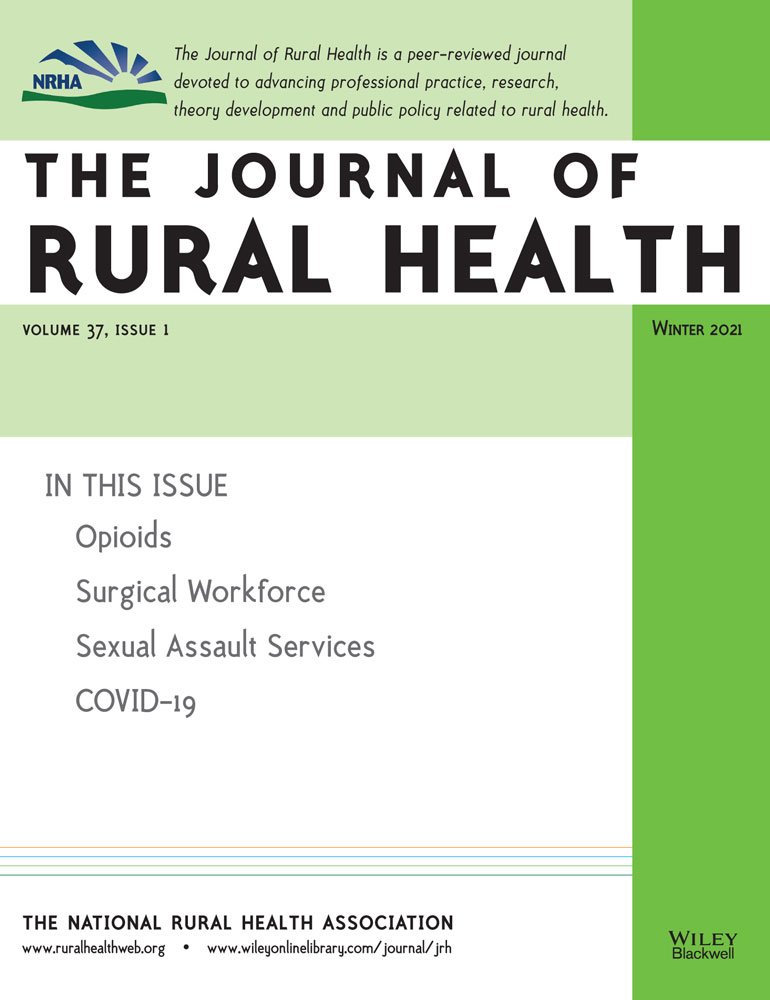Tele-ICUs for COVID-19: A Look at National Prevalence and Characteristics of Hospitals Providing Teleintensive Care
Funding Sources and Disclosures: Dr. Williams has no competing interests to report and is partially supported by the Health Resources and Services Administration (HRSA) of the US Department of Health and Human Services (HHS) as part of the National Telehealth Center of Excellence Award (U66 RH31458). The contents are those of the author(s) and do not necessarily represent the official views of, nor an endorsement, by HRSA, HHS, or the US Government. Mr. Lawrence and Dr. Hong have no competing interests and did not receive any funding for this research. Dr. Winn has no competing interests to report and is supported by the National Center for Research Resources, the National Center for Advancing Translational Sciences, and the office of the Director, National Institutes of Health, through Grant Number KL2TR001438.
Abstract
Purpose
Amidst the COVID-19 outbreak, the use of intensive care unit telemedicine (tele-ICUs) may be one mechanism to provide patient care, particularly in rural parts of the United States. The purpose of this research was to inform hospital decision makers considering tele-ICUs, policy makers weighing immediate and longer-term funding and reimbursement decisions relative to tele-ICU care, and researchers conducting future work evaluating tele-ICUs.
Methods
We compared hospitals that reported providing teleintensive care to hospitals that reported not providing teleintensive care in the 2018 American Hospital Association Annual Survey (AHAAS). Differences between groups were tested using Pearson's chi-square (categorical variables) and t-tests (continuous variables) using 0.05 as the probability of Type 1 error. The study sample included all US short-term, acute care hospitals that responded to the AHAAS in 2018. Our key variable of interest was whether a hospital reported having any tele-ICU capabilities in the 2018 AHAAS. Other factors evaluated were ownership, region, beds, ICU beds, outpatient visits, emergency department visits, full-time employees, and whether a hospital was rural, a critical access hospital, a major teaching hospital, or part of a health system.
Findings
Larger, not-for-profit, nonrural, noncritical access, teaching hospitals that were part of a health system, particularly in the Midwest, were more likely to have tele-ICUs. Over one-third of hospital referral regions (HRRs) had zero hospitals with tele-ICUs, 4 had all hospitals with tele-ICU, and the median percent of hospitals with tele-ICU by HRR, weighted by outpatient visits, was 11.3%.
Conclusions and Implications
We found wide variation in the prevalence of tele-ICUs across HRRs and states. Future work should continue the evaluation of tele-ICU effectiveness and, if favorable, explore the variation we identified for improved access to teleintensive care.




